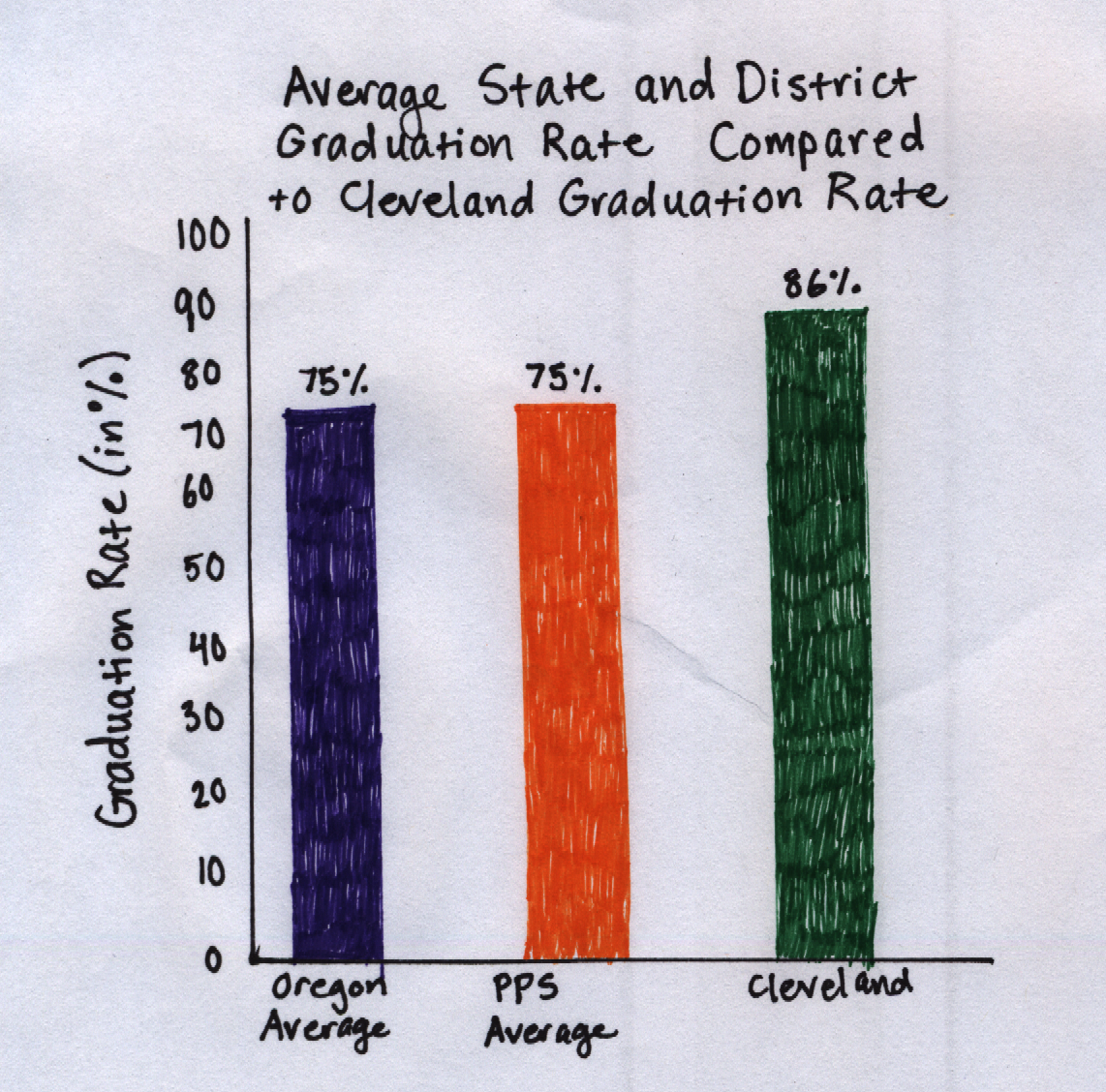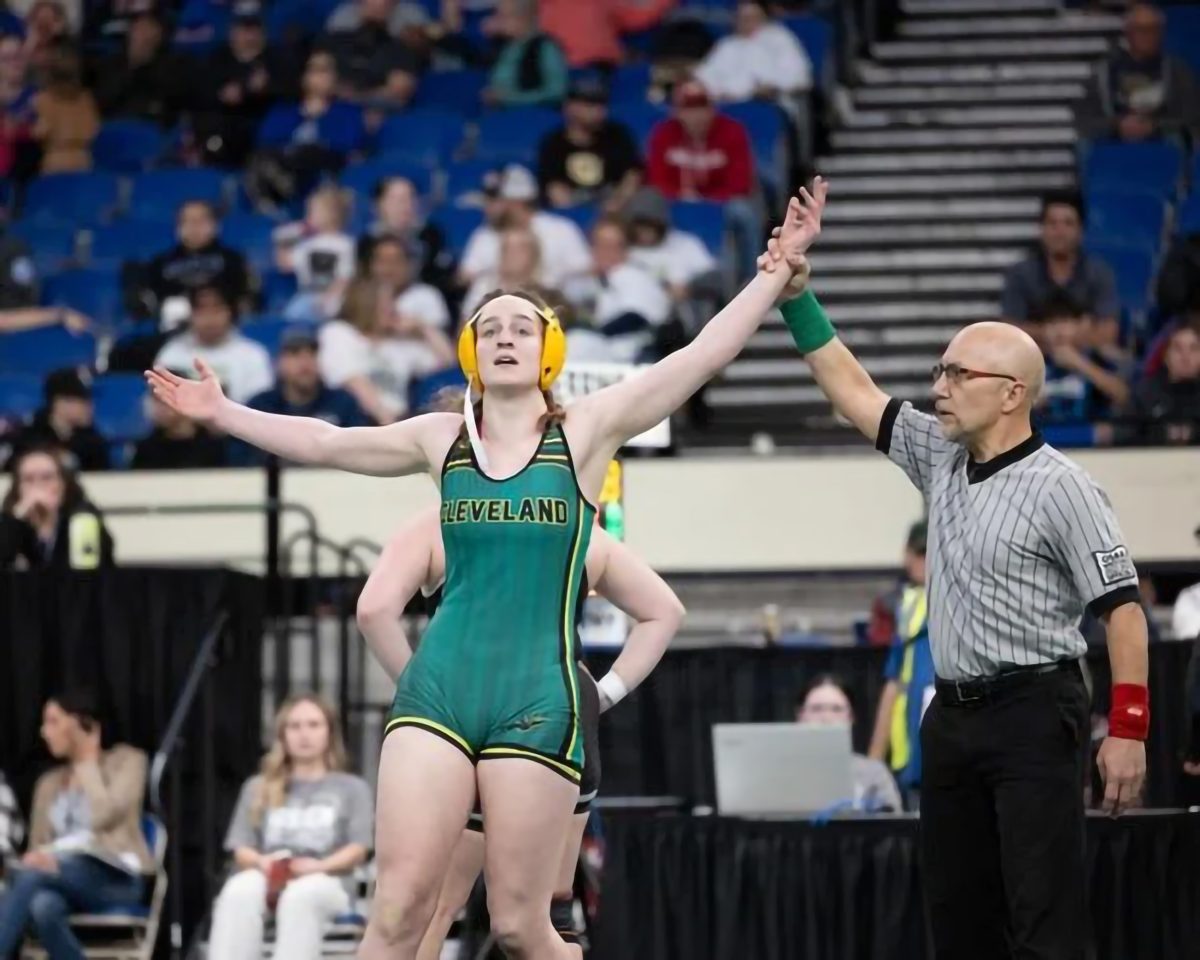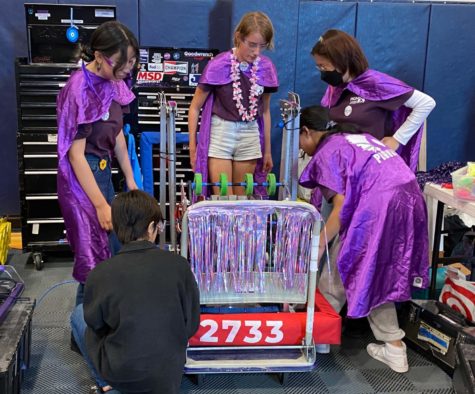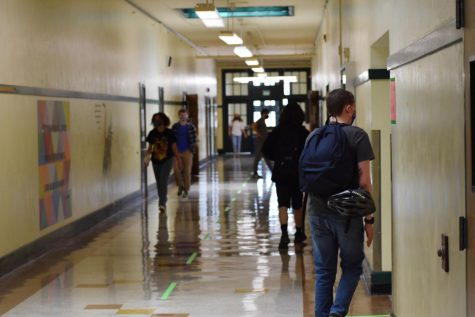Cleveland Works to Improve Graduation Rate
January 11, 2018
Cleveland’s graduation rate exceeds the Oregon average, as well as the PPS average. However, there is still room for improvement, and it is likely to come from increased attendance and understanding the obstacles individual students face on the path to graduation.
Cleveland’s graduation rate is currently 85.7 percent. While that number looks good on paper compared to the average district and state graduation rates of 75 percent, “in a school of 1,650 students… that’s 248 kids who aren’t graduating, and to me that’s a lot.” explained Cleveland principal Ayesha Freeman. “Eighty six percent is good, but it’s not excellent.”
Cleveland continues to focus on attendance in hopes that it will lead to more students being successful in school and being able to walk across the stage for graduation.
“We’ve got to figure out how to get kids in class, wanting to be here in class, and then also to make that a relevant experience once we get them in the door,” Cleveland Vice Principal Julie Rierson said. “But if we can’t get them in the door regularly, it’s going to be hard to get them across the stage for graduation.
Cleveland Vice Principal Dr. Katy Wagner echoed that sentiment, reiterating Cleveland’s focus on attendance. “That’s an area of growth for Cleveland,” she said of the attendance rate. “There’s several students that are chronically absent, and when you’re absent it’s really difficult to be successful in classes; you’re missing a lot of instruction, missing opportunities to turn in assignments, not feeling secure around tests; that creates a whole lot of anxiety around coming to school, and then you’re more likely to drop out,” she said.
Cleveland is combatting the attendance issue by dedicating more resources to student engagement. Charles Hunter and Fabiola Casas have taken on the role of student success advocates, supporting students at Cleveland who may not be on track to graduate. Kate Allen is also a valuable resource for Cleveland as a social worker, and administrators believe that she can help students who are struggling to access food, school supplies, and community-based resources in order to help them succeed in school.
Furthermore, Cleveland is adding a dedicated student engagement coach, Alisha Keley, at the beginning of second semester.
“Her entire focus is on school attendance,” Freeman explained. “Her full time job is all about connecting with the kids and the families of students who are not attending school regularly. So she’ll do home visits, she’ll work with students in an after school setting to help them get caught up, she’ll track them down during the school day and have conversations with them and talk to them about why they’re missing class or what can we do to support them.”
However, it is important to not over-emphasize Cleveland’s graduation rate as a measure of the school’s success. Dr. Wagner explained that the way graduation rates are calculated has changed in the last five years. “Now we are able to count students who are receiving modified diplomas as part of that graduation rate, which I think really … shows students and families that we value the hard work that students on modified diplomas put into graduating as well,” she said.
Modified diplomas are for students with a disability, and the type of credits needed to graduate are altered so that students receiving a modified diploma can take classes that suit their specific needs.
Additionally, Dr. Wagner brought up how some students are not counted in Cleveland’s graduation rate because they transfer schools and Cleveland has no way of knowing if they graduated at another school or not because they are not connected to those families. If a family stays in touch with Cleveland after transferring and their student graduates, then Cleveland is able to count that student in the school’s graduation rates.
“Maybe we don’t get a forwarding address or a records request from another school or a phone number, and then we have no way of following up to find out if they actually did graduate. If they did graduate from someplace else and we don’t know that they did, that gets counted against us in the graduation rate. If we know they graduated someplace else we get to count them as part of our graduation rate,” she said.
Administrators attribute the already above-average graduation rate of Cleveland to the tireless work of teachers and administrators to support students in their education.
“We have great teachers who every single day are working hard to try and engage
students in the learning, make it fun, make learning fun, you know, so that kids will want to show up and go to class,” Freeman said.
“We have a plan in place for not only essential skills, but all of the other graduation requirements like the personalized learning requirements…where they’re embedded into the classroom. So instead of trying to expect students to do it outside of the classroom, we embed those opportunities into the classroom,” said Rierson.
“Our graduation rates have been steadily on the incline at Cleveland for the past four years that I’ve been here, and I think that shows a lot of dedication of our staff. They work incredibly hard to make sure that students are successful,” said Dr. Wagner.



























